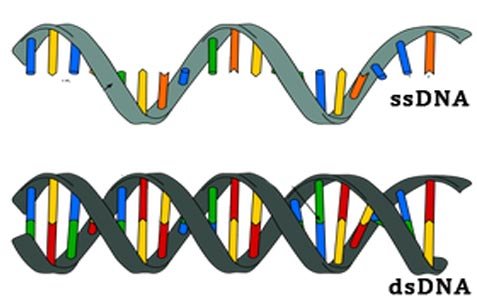Single Stranded DNA (ssDNA) vs Double Stranded DNA (dsDNA): Similarities and Differences
ssDNA vs dsDNA The DNA molecules are not always double stranded helical structures, sometimes they occur in single stranded form called ssDNA. In 1959 Robert Sinsheimer discovered a unique bacteriophage called φX 174 (which infect Escherichia coli) with single stranded DNA as its genetic material. Even though the chemical composition of single stranded and double … Read more



